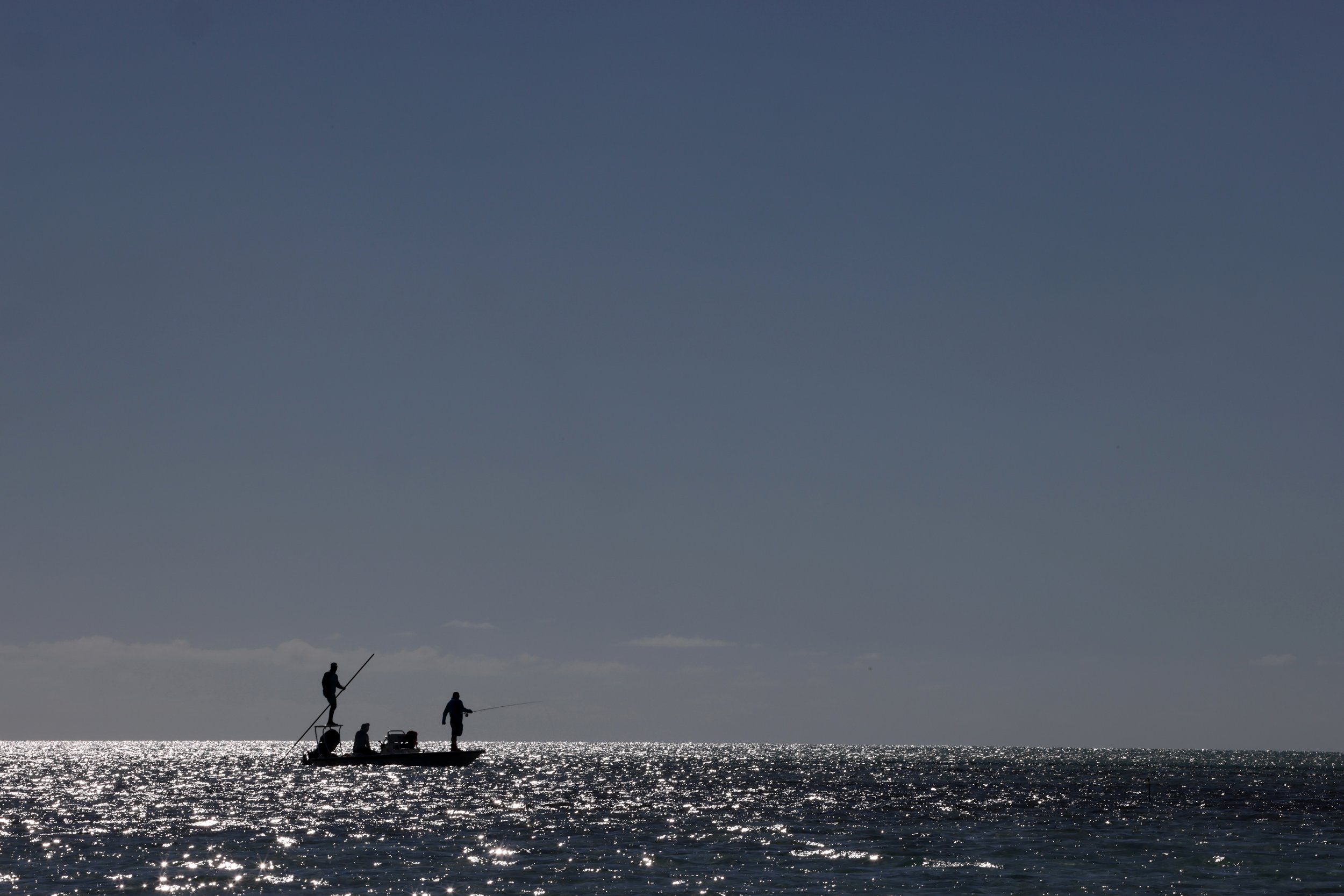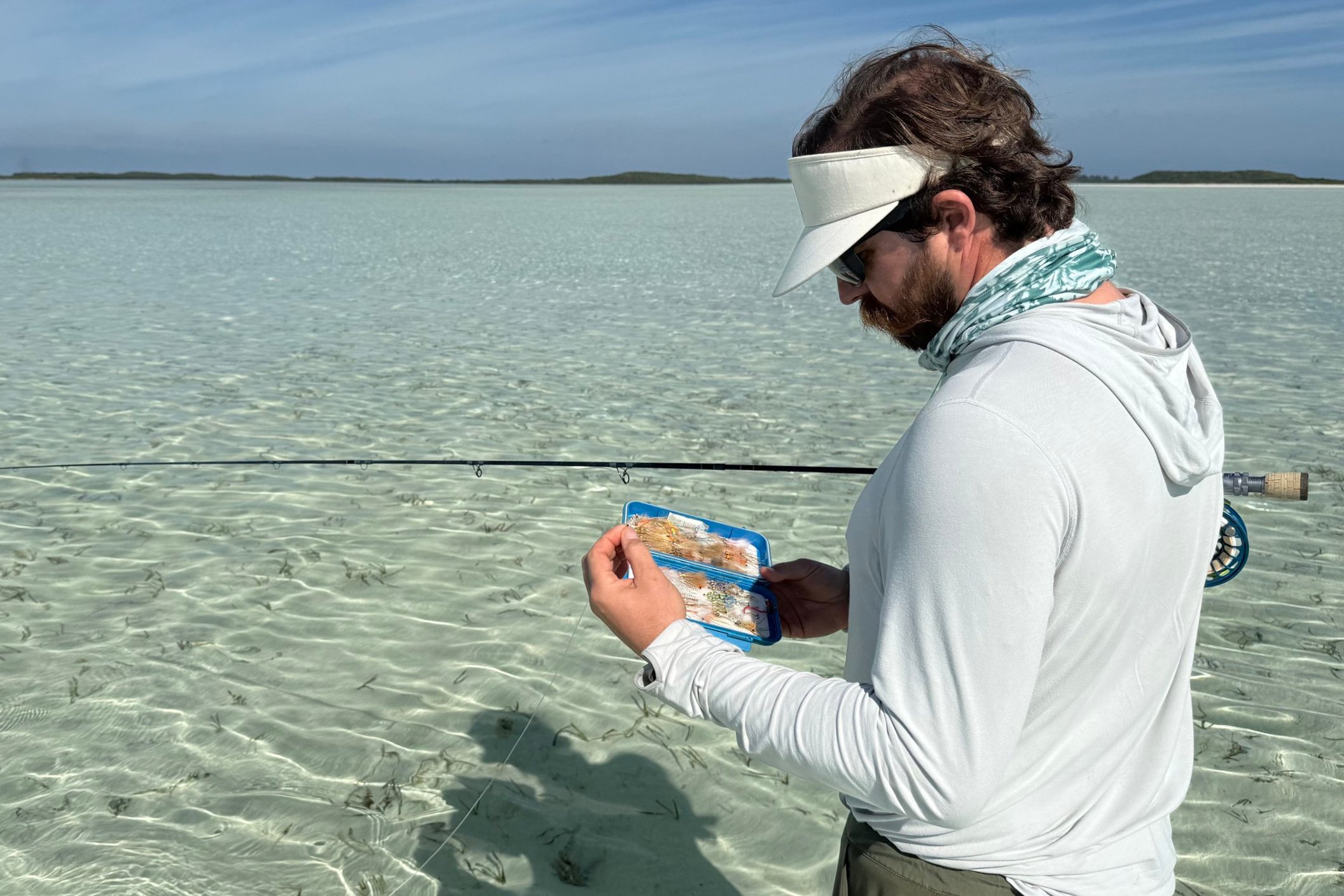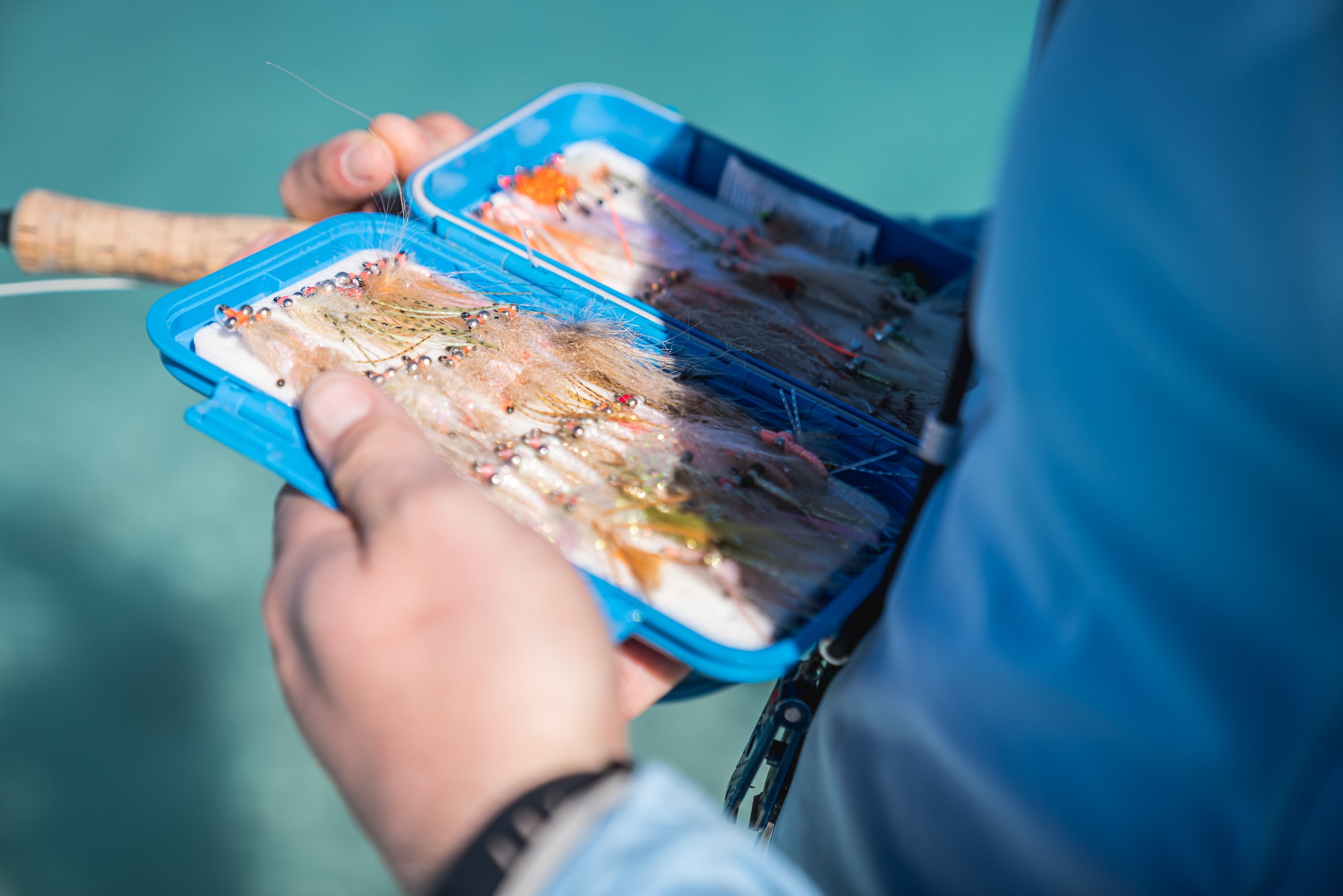Controlling the Variables
Among the six Soul Fly Lodge Keys to Success, one stands out as being the most easily actionable while on the skiff during the fishing day: “Control the Variables”. By this, we mean doing everything within our power to improve the odds of catching the special bonefish and permit that we seek. Of course, there are plenty of elements entirely out of our sphere of influence – that’s what makes it fun, right? – but still, we should endeavor to do what we can when on the water, actively fishing, and even off the water.
Here are five specific things to help control the variables on your next trip to Soul Fly Lodge:
Restacking Fly Line
When we first step on the bow, there’s a process we go through to prepare for a shot at a bonefish or permit. From the reel, we pull off as much fly line as we can comfortably and confidently cast with accuracy, clear that line (casting it out), and then we carefully ‘stack’ that line into the cockpit of the skiff. In doing so, we ensure that the head of the fly line (the part closest to the leader) is on top of the running line (the part closest to the backing); in other words, the sections of fly line that will be put into the air first are on top of the stack. This eliminates tangling while casting, which would then prevent an accurate shot.
In between shots at bonefish and permit, re-stacking is a quick and easy task that helps to ensure our next casts and shots will be tangle-free. It may not seem likely at first to think that our stacks of fly line could become compromised, but between the wind, the moving boat, our fishing partner and us moving our hands, bodies, and the rod while looking for fish, it’s entirely possible – if not, likely. So, take a few seconds in between shots to restack your fly line; you’ll thank yourself when you hook the next fish.
Managing Your Partner’s Fly Line
When two anglers are sharing a boat, the one who isn’t fishing can provide significant assistance by helping to manage their fishing partner’s fly line, specifically when they are actively casting to fish. An active angler’s attention is focused primarily on the fish and their presentation, and not on the fly line in the boat. For the same reasons that restacking fly line is practical, the resting partner can be a benefit by manually keeping tabs on the excess fly line. This means making sure the fly line stays in the cockpit, removing any tangles, and perhaps even loosely stacking the fly line as it’s stripped in to help ensure that the fly line closest to the backing is always at the bottom of the stack. A well prepared fishing partner can help in a big way to help make the active anglers 2nd or 3rd shot go off without a hitch and fool the fish of the day.
Checking Hooks & Leaders
When we rig or re-rig our rods back at the lodge or off the water, we are patient and inspect all the elements of the system. But when we’re on the water, seeing fish and casting to them, we naturally get excited and it’s easy to forget or neglect some of the basics. Checking fly hooks and leaders is an extremely easy way to control the variables that we can. In between shots at fish, whenever we’re swapping with a fishing partner and stepping up to or down from the bow, during lunch, after arriving at a new flat, etc. are all perfect times to quickly check the sharpness of the hook and run your fingers up and down the leader to feel for wind knots or abrasion. After every successful catch we also encourage anglers to snip their fly and retie back to your tippet. So often the knot will compromise and weaken through the duration of fighting a fish. If you ever notice a tailing loop in your cast, always check the leader as the odds are high that you may have magically tied a knot in your line mid-cast. If you’re unsure about the quality of your hook – ask your guide. If you think your leader is compromised, tell your guide and take a moment to address.
Retying Leaders
Speaking of leaders, there is plenty of time at the lodge, before and after fishing, to carefully examine and re-tie leaders. Take the time to pull your rod off the rack at the lodge and look at each section of the leader, each knot, and assess its quality. Or, just commit to simply tying on fresh tippet before every new day of fishing. Then, when you step up to make your first shots of the day, you’ll be 100% confident that your system isn’t compromised. A nice side benefit of retying leaders is that you can take what you just learned on the water and apply it to your new leader formula. For example, high wind means that you can shorten your leader a bit, for ease of casting; or, low wind means you want to lengthen your leader for more stealth. Ask your guides or the lodge managers how they would tie a leader for the next day’s fishing.
Taking High-Percentage Shots
Lastly, being disciplined to take our highest-percentage shots at fish is another excellent way to control the variables. This means waiting to cast to that bonefish or permit only when they are within our comfortable, confident casting range. The range itself will differ from one angler to the next but we should know what our range is (this requires conscious casting practice!), and commit to casting only when fish are within that range.
In basketball, we often hear about players “getting to their spots,” and taking the shots that they have the most confidence in – their high-percentage shots. Be it an elbow jumper, a baseline three-pointer, fadeaway from the block, whatever it may be, great offensive players know where their high-percentage shots are and they are committed to taking them. The same thing goes in flats fishing: know your high-percentage casting range and simply fish within that range very confidently!
—
In addition to controlling the variables and helping improve the odds of a next great fish, the small details presented here will also eventually become habitual, and soon you’ll be doing them without thinking about it, compounding the effects. Turn practices into habits and we’re sure to improve our angling. The aggregate of all these small details will have a huge impact on your success wherever you fish.
All Photos by Dave McCoy.
Read more on the Soul Fly Journal:









